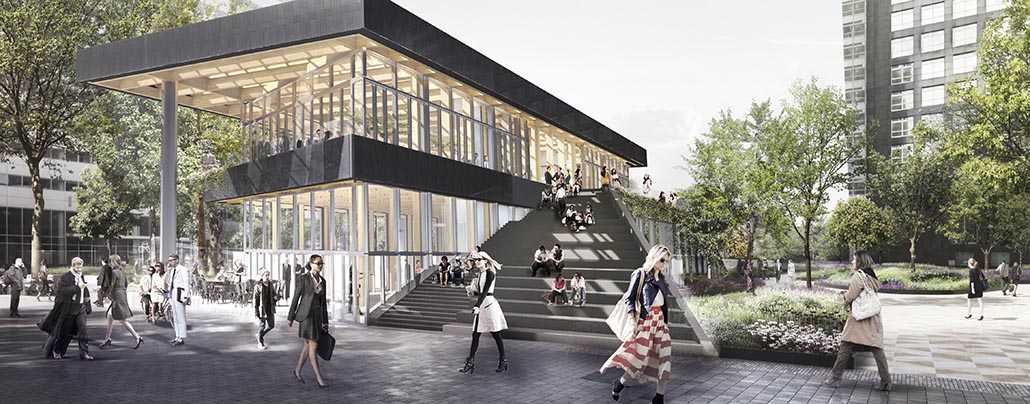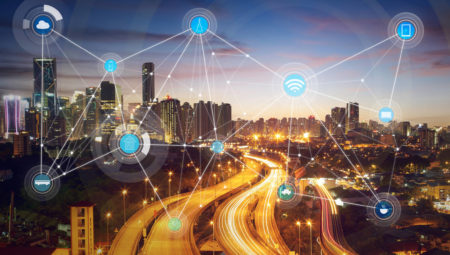ABN AMRO, the initiator, has stuck its neck out with Circl, which is located in the Zuidas district in Amsterdam. After all, it is investing in an economy that still needs to happen. Circular models are on the rise, but they do not wipe out the ‘old’ linear economy.
When you take a look at the (near) future, the circular economy is inevitable. Not only because the Dutch government intends being an international leader in the circular economy, but also because circular business models make (more and more) sense economically and ecologically. That definitely applies to the building sector which creates a large share (approximately 40 percent) of the total CO2 emissions in our country, and with 250 million tonnes is responsible for half of the use of materials in our country as well.
The building industry is highly suitable for circular revenue models. These are capital-intensive goods which, moreover, remain in place. That means that the separate parts are relatively easy to ‘harvest’. A company like New Horizon, involved in the construction of Circl, is involved in this. Actually it is a form of value recovery, one of the five revenue models which ABN AMRO describes in its report ‘Toekomstbestendig vastgoed bouwen’ (A Future-Proof Built Environment).
Apart from the reuse of non-renewable raw materials such as metals, there is a place for renewable materials, the ‘usual suspects’ like wood, hemp and flax, but also for biocomposites. These materials not only have a better CO2 footprint, they can also contribute to a more comfortable interior climate.
Product as a service is likewise a business model on the rise. Thus Mitsubishi supplies Circl with a lift. The manufacturer continues to own the lift, while ABN AMRO pays for the use. This is on condition that Mitsubishi takes on the maintenance. The underlying idea is that the lift builder obtains extra income through the maintenance. The performance of the lift is assessed and not the number of services. It is therefore important for Mitsubishi to keep the lift working as well as possible, to minimise the maintenance costs and keep the end value as high as possible. Below the line, Mitsubishi is left with the same and the customer pays less. Seems a great business model to me.



